Choose your municipality
There are several municipalities connected with The Green Menu, check whether your municipality is participating or choose for the national page.
Choose you menu card
There are several different menu cards. Choose a buildingtype down below and instantly start with the sustainable options!

Old buildings are often originally uninsulated. By insulating the facade, cold and heat loss are reduced, as well as heating costs. It can also have an effect on noise nuisance. Applying facade insulation requires a great deal of expertise. It is important to pay attention to possible condensation, for example with beamends in the facade.
Do you start restoration work on the inside or outside, use this moment to improve insulation as well. Facade insulation is not always permitted in old buildings because it can affect historically valuable elements. Match the choice of insulation and detailing with the facade structure. Consult experts and the municipality to discuss the possibilities.
With exterior wall insulation, insulation material is installed against the existing masonry or plaster and finished with new plaster or stone strips. The (wooden) construction of the building is ‘wrapped’, as it were. This form of facade insulation is not always desirable and, in the case of historical buildings, it is usually not permitted because it changes the facade considerably. Sometimes it can be applied to the rear and side walls, which are not visible from the public road. The advantage is that no space is lost inside and a historically valuable construction remains visible. With facade insulation on the outside, the risk of moisture problems is nil. And with good detailing at window frames and eaves, thermal bridges and leaks are prevented.
With exterior wall insulation, insulation material is installed against the existing masonry or plaster and finished with new plaster or stone strips. The (wooden) construction of the building is ‘wrapped’, as it were. This form of facade insulation is not always desirable and, in the case of historical buildings, it is usually not permitted because it changes the facade considerably. Sometimes it can be applied to the rear and side walls, which are not visible from the public road. The advantage is that no space is lost inside and a historically valuable construction remains visible. With facade insulation on the outside, the risk of moisture problems is nil. And with good detailing at window frames and eaves, thermal bridges and leaks are prevented.
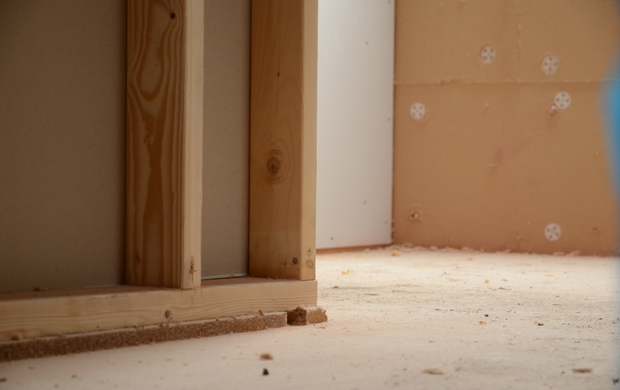
Pre-war buildings often do not have a cavity to insulate, but it is possible to insulate the facade on the inside with an insulation wall. With an insulation wall, a second wall is placed on the inside of the facade. The insulation wall consists of a wooden or stainless steel construction with insulation material in between. This measure requires a careful approach at so-called junctions in the facade, such as wooden floor beams that have been incorporated in the facade. By applying insulation material, these are sensitive points for moisture accumulation and problems such as mould and wood rot can occur. This can be prevented by seeking proper advice beforehand and by having the work carried out by a professional company. You will notice a difference in the comfort of your building after your facade has been insulated.
Pre-war buildings often do not have a cavity to insulate, but it is possible to insulate the facade on the inside with an insulation wall. With an insulation wall, a second wall is placed on the inside of the facade. The insulation wall consists of a wooden or stainless steel construction with insulation material in between. This measure requires a careful approach at so-called junctions in the facade, such as wooden floor beams that have been incorporated in the facade. By applying insulation material, these are sensitive points for moisture accumulation and problems such as mould and wood rot can occur. This can be prevented by seeking proper advice beforehand and by having the work carried out by a professional company. You will notice a difference in the comfort of your building after your facade has been insulated.
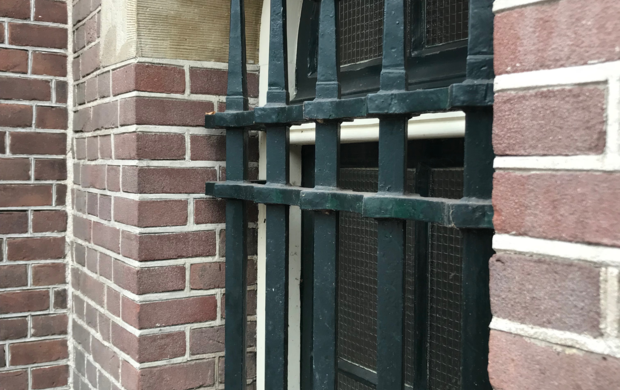
It is possible to insulate a solid exterior wall (>40 cm thick). This saves energy and increases comfort inside. Insulating these solid walls requires a specific approach. The walls are affected by moisture from the outside due to precipitation and moisture from inside by e.g. people, appliances and bathrooms. Some of the moisture in the wall evaporates to the outside, but due to the thickness of the wall, part will dry by evaporation to the inside. It is important that this moisture can still evaporate after the insulation. Therefore, have the insulation carefully applied by a specialist. And choose a breathable insulation material that can absorb, retain and release moisture. We call this type of material surface active.
It is possible to insulate a solid exterior wall (>40 cm thick). This saves energy and increases comfort inside. Insulating these solid walls requires a specific approach. The walls are affected by moisture from the outside due to precipitation and moisture from inside by e.g. people, appliances and bathrooms. Some of the moisture in the wall evaporates to the outside, but due to the thickness of the wall, part will dry by evaporation to the inside. It is important that this moisture can still evaporate after the insulation. Therefore, have the insulation carefully applied by a specialist. And choose a breathable insulation material that can absorb, retain and release moisture. We call this type of material surface active.
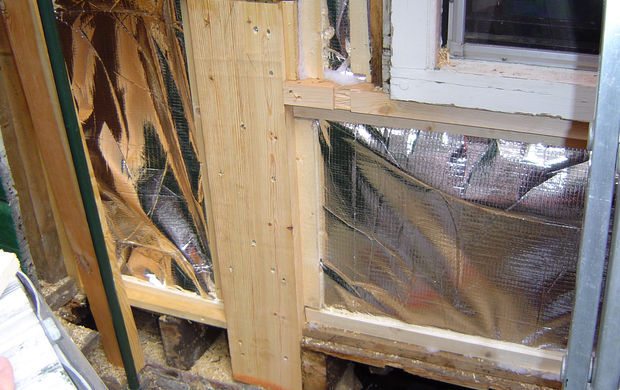
A wooden facade loses a lot of heat, so it is profitable to provide this facade with insulation material. Because these are wooden facade parts, extra attention is required when detailing and implementing this measure. The best way to insulate also depends on the situation. For example, it is unwise to simply fill a double-walled wooden facade with cavity insulation, because it must be possible to ventilate the wooden facade on the outside to prevent wood rot. Therefore, seek proper advice and always have insulation measures carried out by a professional company.
A wooden facade loses a lot of heat, so it is profitable to provide this facade with insulation material. Because these are wooden facade parts, extra attention is required when detailing and implementing this measure. The best way to insulate also depends on the situation. For example, it is unwise to simply fill a double-walled wooden facade with cavity insulation, because it must be possible to ventilate the wooden facade on the outside to prevent wood rot. Therefore, seek proper advice and always have insulation measures carried out by a professional company.
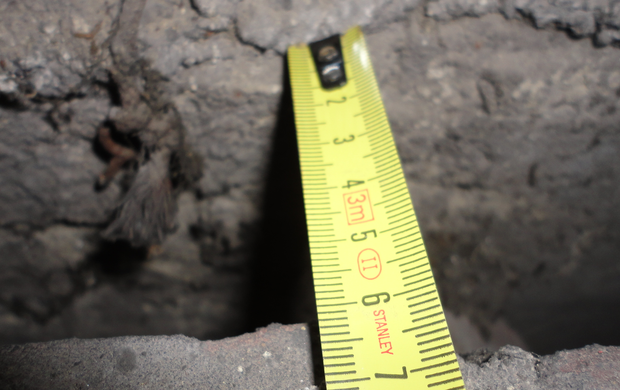
Cavity walls are relatively rare in historical buildings. If you have a building built from the 1920s onwards, there is a chance that a cavity wall will be present. A cavity wall has an open space – the cavity – between the solid outer and inner wall. This cavity can be filled with insulating material, which is a quick and relatively inexpensive way of insulating. For historical buildings, this requires a careful approach. Have a check carried out to ensure that the cavity is at least 5 cm wide and clean and that there are other connections between the outer and inner wall. After insulating, these connections are considerable thermal bridges and can cause mould formation. This can be prevented by seeking proper advice beforehand and having the cavity wall insulation carried out by a professional company. If the cavity wall is not suitable, consider an insulation wall on the inside of the facade.
Cavity walls are relatively rare in historical buildings. If you have a building built from the 1920s onwards, there is a chance that a cavity wall will be present. A cavity wall has an open space – the cavity – between the solid outer and inner wall. This cavity can be filled with insulating material, which is a quick and relatively inexpensive way of insulating. For historical buildings, this requires a careful approach. Have a check carried out to ensure that the cavity is at least 5 cm wide and clean and that there are other connections between the outer and inner wall. After insulating, these connections are considerable thermal bridges and can cause mould formation. This can be prevented by seeking proper advice beforehand and having the cavity wall insulation carried out by a professional company. If the cavity wall is not suitable, consider an insulation wall on the inside of the facade.
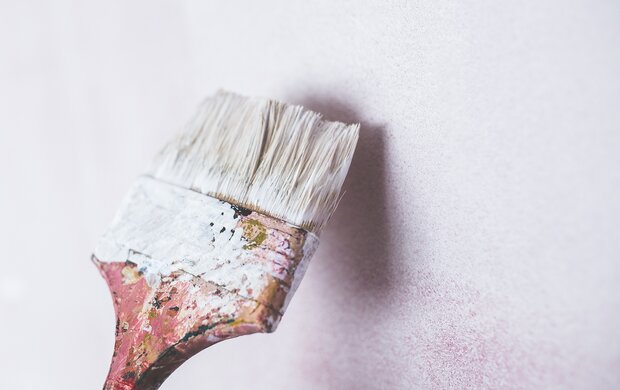
In addition to the application of insulation material, moisture-regulating paint can be a low-threshold measure to insulate the facade a little better. The paint regulates the moisture, which improves the insulation value of the wall. Dry air heats up faster than humid air, which reduces the heat demand. In addition, the risk of flaking paint is reduced. Consider using moisture-regulating paint when you next paint your walls.
In addition to the application of insulation material, moisture-regulating paint can be a low-threshold measure to insulate the facade a little better. The paint regulates the moisture, which improves the insulation value of the wall. Dry air heats up faster than humid air, which reduces the heat demand. In addition, the risk of flaking paint is reduced. Consider using moisture-regulating paint when you next paint your walls.
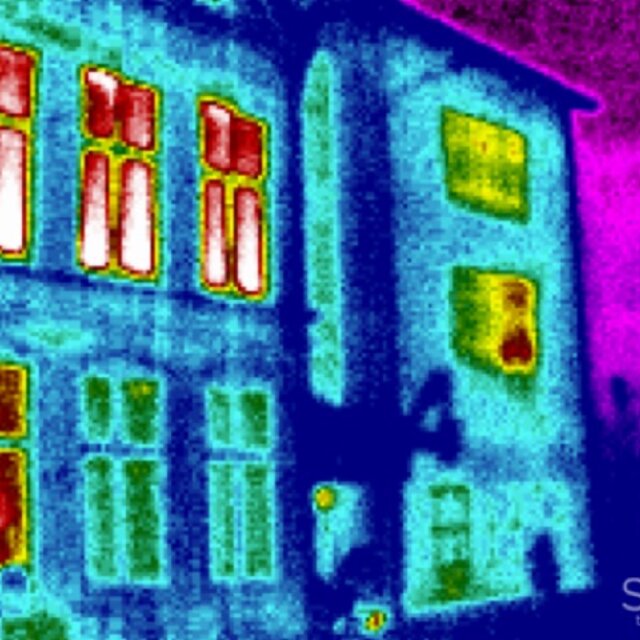
Did you know that it is fairly easy to gain insight into the heat loss of your building? By having thermal images taken of your facade, you can immediately see where heat is being lost. This insight helps you to better insulate and ultimately save money and energy.
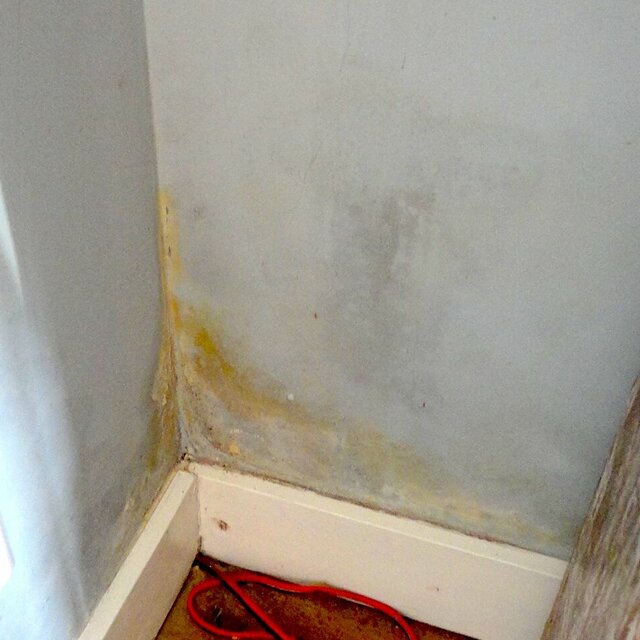
If there is mould, condensation on the windows or other visible moisture problems in your building, there is a good chance that there is a moisture problem. First resolve the moisture problem before you start working with insulating measures. Common causes of moisture problems are leaks and insufficient ventilation of crawl spaces and basements.
Tip: Humid air and a damp construction costs more energy to heat, so solving a moisture problem will save energy and increase thermal comfort.
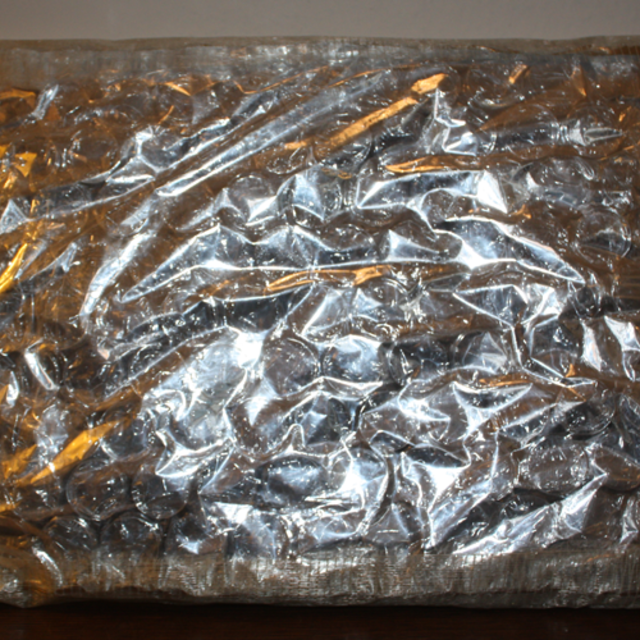
This is a relatively new technique. Instead of a conventional insulation material, two or more layers of heat-reflecting film are stretched against the inside of the outer wall. The film is finished with a plasterboard insulation wall on wooden slats or metal profiles. This is also available with a plasterboard finish as a ready-made package, this package is just as thick as a traditional insulation wall. Films are only possible if no historically valuable parts are affected, and are subject to permits.